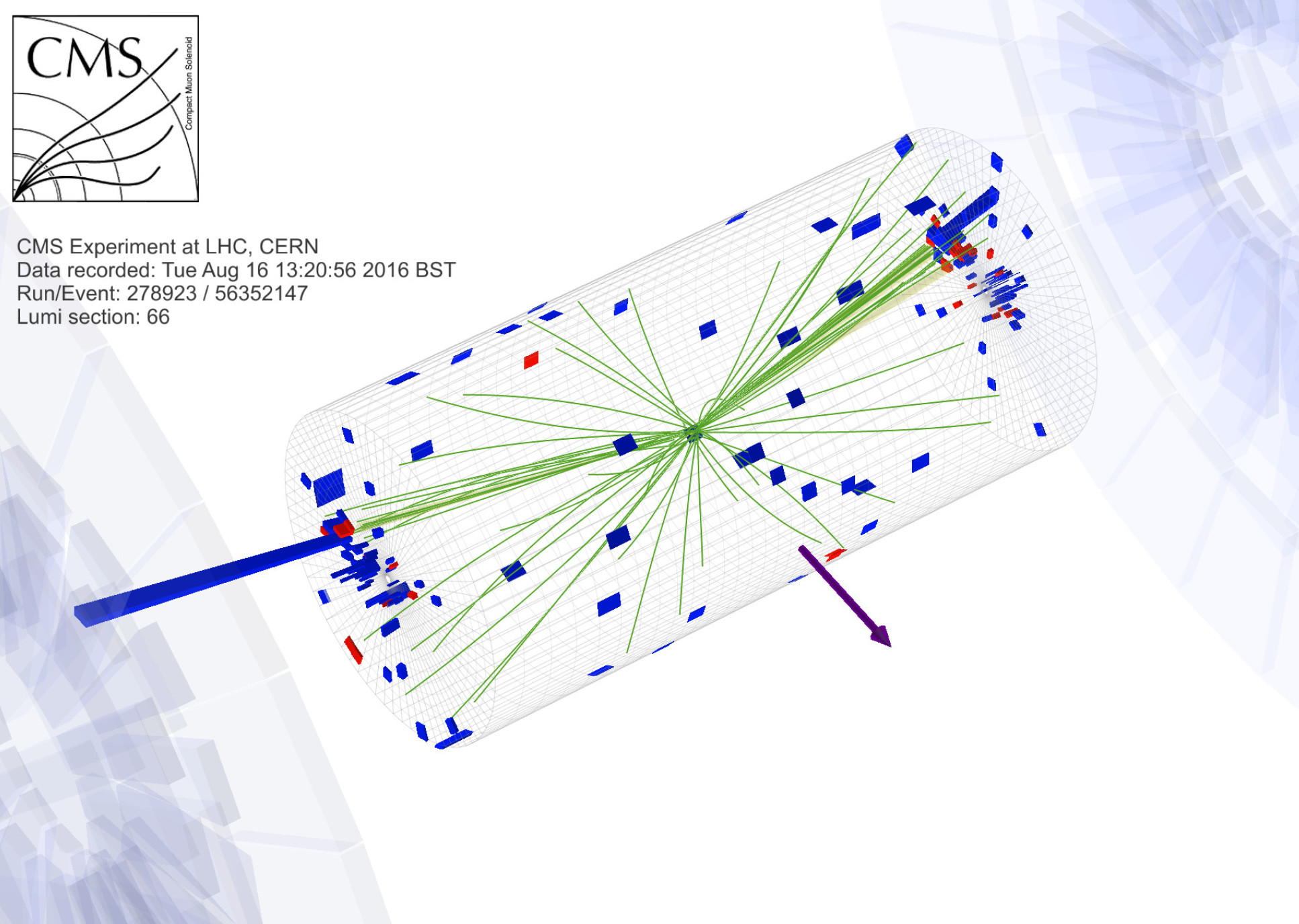The Higgs mechanism plays a central role in the Standard Model, describing the origin of the mass of fundamental particles in Nature. The discovery of the Higgs boson by the ATLAS and CMS Collaborations was the greatest success of the first run of the Large Hadron Collider (LHC) and represented a major landmark experimentally verifying the Standard Model. Despite this achievement, the Standard Model is known to be incomplete, and the Higgs boson provides a unique window into physics beyond the Standard Model (BSM). With roughly 40 times more data collected since its discovery, Physicists at the LHC have been precisely measuring the properties of the Higgs boson and comparing them to those predicted by the Standard Model. This comparison has the potential to discover new Physics beyond the Standard Model and study how it shaped the early universe. Physicists at Imperial College are leading studies to precisely measure the Higgs boson’s properties and search for hints of new Physics. In particular;
- Dr Nicholas Wardle was co-convener of the CMS Higgs physics group (2020-2022);
- Imperial College Physicists perform measurements of Higgs boson properties using events where the Higgs boson decays to photon (γ) or tau-lepton (τ) pairs - particles that can be very well measured in the CMS detector. The group also combines these measurements with those from other Higgs boson decays to produce the most precise measurements of the couplings of the Higgs boson to Standard Model particles.
- Imperial College Physicists search for Invisible decays of the Higgs boson, evidence of which would contribute to understanding the nature of Dark Matter.
Measurements of Higgs boson decays to γγ or ττ are very precise due to the excellent reconstruction of these particles in the CMS detector. The Imperial HEP group uses these decays, and combinations with other decay channels, to measure the rates of Higgs boson production, study the couplings of the Higgs boson to the Standard Model, and constrain a wide variety of theories of Physics beyond the Standard Model.

The exact nature of Dark Matter still eludes Physicists, however a popular model for Dark Matter is that it is a new massive particle. If this is the case, the Higgs boson could be responsible for this mass and the Higgs boson could decay to Dark Matter particles. At the CMS detector, this would appear as an imbalance of transverse momentum between the Dark Matter particles and other particles produced in the event. In the most sensitive “vector boson fusion” (VBF) case, these other particles travel in a direction close to the beam line, and are clustered into “jets” . Physicists in the Imperial HEP group are searching for this signature at CMS.
